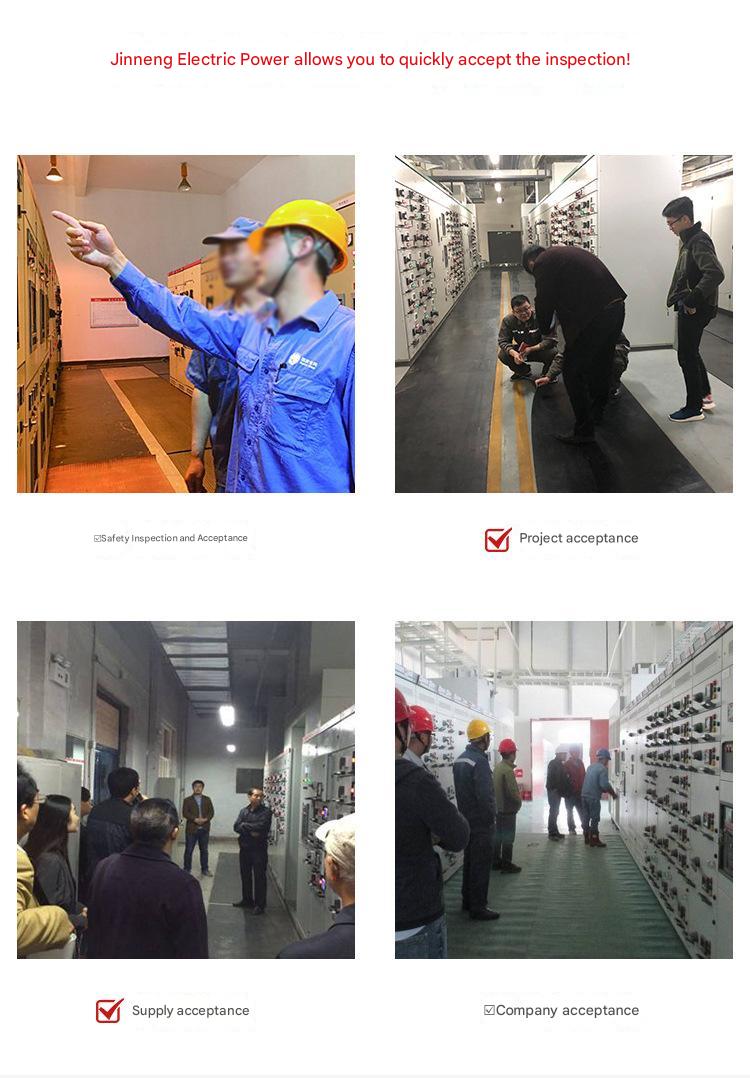
In the electrical power sector, ensuring the safe operation of distribution equipment is not just a technical requirement—it’s a matter of life and death. One of the most frequently discussed safety topics is whether it is mandatory to lay insulating rubber mats in front of switchboards or distribution cabinets.
Today, Jinneng Electric Power examines this topic from the perspective of regulations, standards, and best practices to provide clarity for power professionals and facility operators alike.
Is Laying Insulating Mats Legally Required?
When it comes to high- and low-voltage distribution rooms, the installation of insulating rubber mats is not just recommended—it is an industry-wide safety consensus, reinforced by national regulations.
Key standards include:
GB 26860-2011 — Safety Code for Electric Power Operation in Power Plants and Substations
GB 50054-2011 — Code for Design of Low-Voltage Distribution Systems
These standards explicitly require insulation measures in areas where operators are exposed to energized equipment, especially in environments with elevated voltage or risk of arc flash.
By laying insulating mats in such locations, companies can:
Minimize the risk of electric shock and step voltage incidents
Reduce chances of electrical fires caused by short-circuit arcs
Provide a controlled, non-conductive surface underfoot to protect workers
Controversy Around Independent Distribution Cabinets
Unlike centralized distribution rooms, independent or isolated distribution cabinets (especially in low-voltage environments) are often installed in corridors, equipment rooms, or utility closets. Whether insulating mats are needed in front of these has been a subject of debate:
Some argue against it, citing that:
The working voltage is relatively low
Cabinets are often grounded and enclosed
The risk of arc flash or step voltage is reduced
Others argue in favor, particularly because:
Many installations are in damp or high-humidity environments, where insulation becomes critical
Even low-voltage faults can cause serious injury during maintenance
Mats serve as a preventive layer of protection, aligning with broader safety management systems
Jinneng’s Recommendation: Follow Safety-First Principles
While some applications may fall into regulatory gray areas, Jinneng Electric Power strongly recommends laying insulating mats in all areas where human contact with electrical components is possible—even if the voltage is considered “low.” Our reasoning is based on:
The evolving nature of electrical safety risk management
The growing emphasis on human factor engineering and accident prevention
Real-world data showing that even small oversights can result in injury or legal liability
In addition, Jinneng’s environmentally friendly insulating mats are:
Easy to install and maintain
Manufactured in accordance with HG2949-1999 national standards
Resistant to moisture, aging, and chemical corrosion
Certified by SGS EU testing for human and environmental safety
Conclusion: Better Safe Than Sorry
While legal mandates exist for high-risk environments, there is still room for professional discretion in lower-voltage setups. However, from a risk management and workplace safety perspective, laying insulating rubber mats is a proactive and cost-effective safeguard—especially when the consequences of electrical accidents can be severe.
At Jinneng Electric Power, we believe in going beyond compliance to provide durable, certified, and user-friendly safety products that empower frontline electrical workers and reduce risk across every application scenario.

